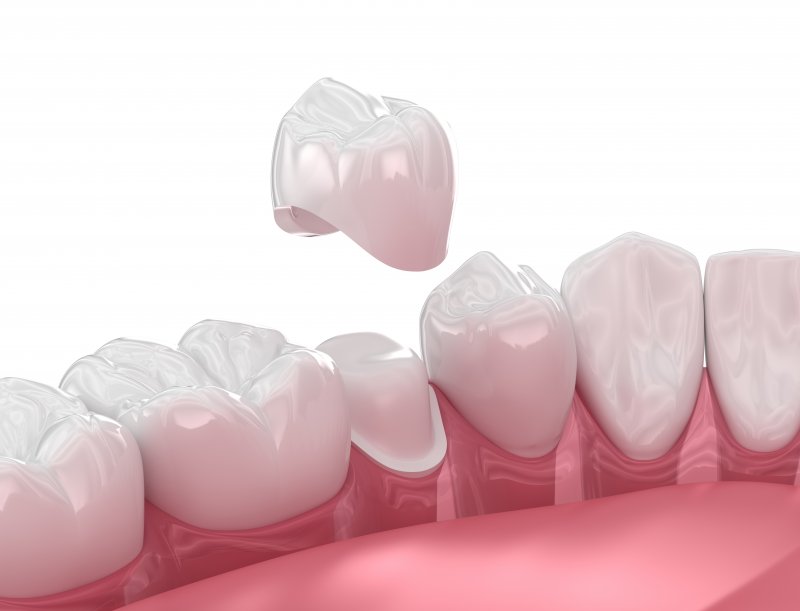Imagine having one of your teeth pulled not because you have to do it, but rather you want to. Why? Because you plan to replace it with a gold crown and let everyone know how well-off you are! Such is the (not so) humble beginning of what we now know as the dental crown, a procedure where a custom-made restoration is fitted over a damaged tooth to repair its strength and appearance. It’s one of the most common dental procedures performed around the globe, but the crowns of today are much different than the luxury items they used to be.
Who Needs to Chew?
Northern Italy used to be home to the Etruscan civilization, and from roughly 166 to 201 CE, wealthy women voluntarily had some of their teeth removed to be replaced with golden crowns. It was like buying an Hermès bag now—about showing off! They didn’t care that the crowns themselves were quite brittle and broke easily because their servants could cook them soft foods…they didn’t want to ruin their precious dental work!
Fast Forwarding a Bit…
Dentistry remained rather primitive for a long time. While there was an initial understanding as to why the teeth should be restored rather than simply extracted at the first sign of trouble, the materials and techniques needed to do this were not widespread.
One of the earliest signs of crowns being commonly used comes from 1530 in France, called “The Little Medicinal Book for All Kinds of Infirmities of the Teeth.” It described the basics of many different dental procedures, including crowns, and led to the treatment being included in Ambrose Pare’s (“The Father of Surgery”) book, “Complete Works.”
Getting Closer…
A few brisk centuries later, around the 1800s, the first “jacket” crown was patented. Rather than sitting on top of the tooth like a literal crown, jacket crowns cover the entire outer surface, making them more stable and natural-looking.
This innovation was followed by advancements in materials, including the invention of silver crowns, porcelain crowns, and then porcelain-fused-to-metal (offering a combination of strength and aesthetics). The first synthetic crown, made of ceramic, was manufactured in 1984, offering something that was both lifelike (mimicking the translucency of real enamel) and could be trusted to endure daily chewing.
And that brings us to today! Now, patients can choose between a variety of crowns based on their needs and budget, and NONE of them require servants to cook soft foods for you—a big plus! Honestly, you probably see people with crowns every day but don’t notice because they are so seamless now. They enable patients to keep their teeth and avoid the expense of replacing them while looking like nothing was ever wrong in the first place.
About the Practice
Dr. Krysten Jackson and Dr. Eric Parsons are husband-and-wife restorative dentists who graduated from the University of Oklahoma College of Dentistry. Dr. Jackson completed an elite Advanced Education in General Dentistry residency there, and Dr. Parsons is constantly training to use the latest technology to deliver the most comfortable and effective treatment possible.
If you have a broken or decayed tooth, or if you’d like to replace a metal crown with a more natural-looking alternative, schedule an appointment at El Reno Family Dentistry today.

